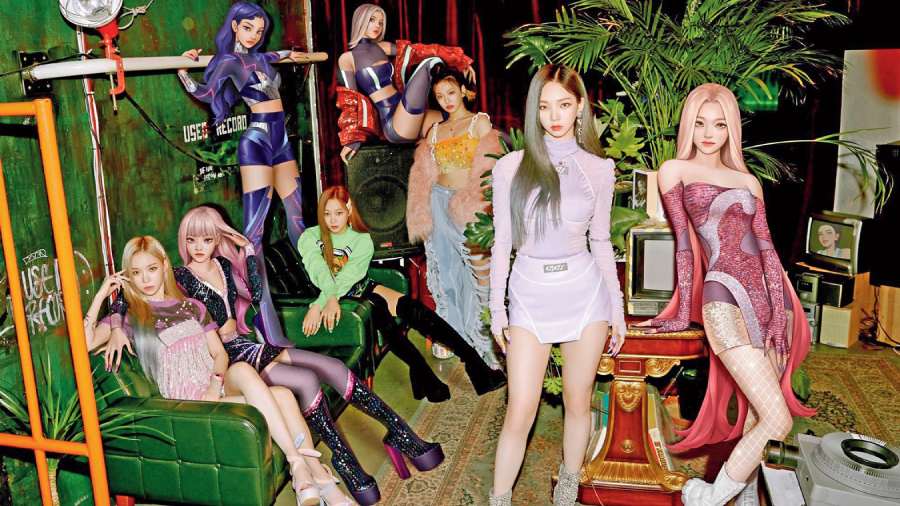Virtual pop stars have been here for a while. Although not AI, persona-based pop stars have been around since the 1950s. Alvin and the Chipmunks and The Archies, both 2D bands, had gained huge popularity in their time. In fact, Alvin and the Chipmunks are well-known even today, although more through the hit movies featuring them.
Kyoko Date of Japan can perhaps be considered the first 3D pop star or “virtual idol”. According to Virtual Humans, she was created by one of Japan’s largest talent agencies, HoriPro, with the idea that the star would never get into any scandals or be physically tired.
In recent times, Japan has also been the home ground of one of the most iconic virtual pop stars, Hatsune Miku. Not only does she have a dedicated fanbase but even goes on world tours. In 2007, Crypton Future Media introduced Hatsune Miku as an open-source character for their “Vocaloid” software. Vocaloid or vocal android essentially refers to singing voice synthesiser software, which utilises synthesising technology on human voices. Since then, there have been a number of avatars that have been created with Vocaloid software and Vocaloid voicebanks.
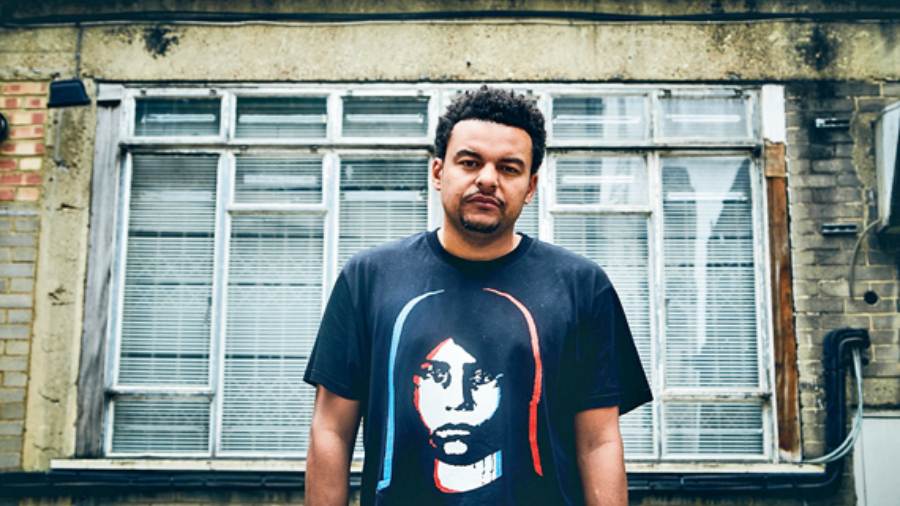
Alex da Kid
Although the initial aim of the software might have been to produce human-like sounds, since Hatsune Miku, the artificiality of an electronic voice has been retained and has even gained popularity. With the embracing of this digital side, the idea of a virtual idol only strengthened. There has been an increase in Vocaloid producers as well, who utilise the easily available voicebanks to produce their own music.
Virtual pop stars now
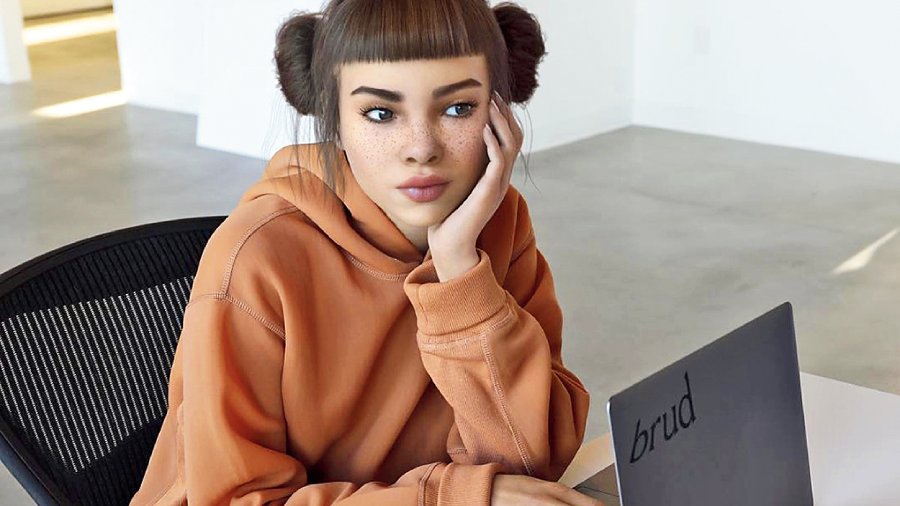
Lil Miquela is an AI-simulated virtual influencer/pop star
Scrolling through Instagram, you might have stumbled across the account of the American teenager Lil Miquela. The AI-simulated virtual influencer/pop star is one of the most well-known faces of the virtual music world. It is easy to get immersed in her world because it is similar to any other teenager’s; she sings of heartbreak, has her best friend by her side, “consciously uncoupled” from her “human boyfriend” and such. However, there is very much self-awareness present as her bio says “19-year-old Robot living in LA”. In fact, in 2020, talent agency CAA took her on as their first virtual client.
Over in South Korea, girl group Aespa have their own AI avatars that were introduced as the human members’ virtual counterparts in 2020. These virtual avatars known as the Aes, have been described as “independent beings as they have AI brains” and are symbolic of the online personae we tend to create with our virtual presence. They are based on the real members of the group and coexist with them in Aespa’s fictional world.
In 2021, K-pop girl group Eternity made their debut with the song I’m Real. Ironically, they are not. Real, that is. Artificially made with state-of-the-art AI technology, it was AI graphic company Pulse 9 that brought the members of this group to “life”. Netizens voted for which members would make the final team in a similar fashion to how popular survival shows in Korea, like Produce 101, operate. The members were made all the more real with TMI (Too Much Information) interviews of each member on their channel ETERN!TV.
In 2019, Ash Koosha, a London-based electronic musician, Negar Shaghaghi and Isabella Winthrop, founded Auxuman. It is a company that creates AI-based entertainment personas and licenses them, primarily to the music industry. Some of their most popular digital pop musicians are Yona, Hexe, Zoya, Mony, and Gemini.
Holograms have also made it possible for the dead to come back to “life”. From Whitney Houston to Amy Winehouse, legacy holding superstars have returned to perform with the help of holograms. It’s usually created with a combination of CGI and a variation of a 19th-century theatrical trick known as Pepper’s Ghost.
AI and the music industry at present
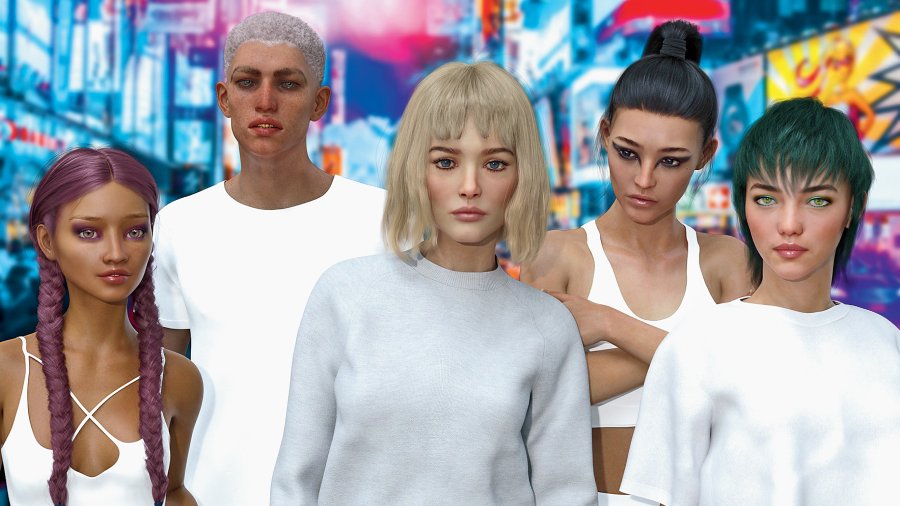
Auxuman are a collective of AI-driven virtual musicians comprising five artistes — Yona, Mony, Gemini, Hexe and Zoya. Auxuman
Let’s admit it, algorithms and artificial intelligence have already well invaded the music industry. Demand for “trendy” music is perhaps growing now more than ever, especially with the popularity of short-form video content like Tiktok and Instagram Reels. Who decides what music can be “trending”? While it is certainly user behavioural pattern that these algorithms are based on, trends are now influencing musicians to follow formulaic approaches to music with ideal lengths, starting songs with choruses, aesthetic preferences, 15-second catchy verses and such. You click on one song, and your phone will scourge the complex galaxy of ones and zeroes to recommend you hundreds of similar ones. Musicians, understandably would want to be among those hundreds and therefore, algorithm is undoubtedly influencing contemporary music.
Take for example, Not Easy produced by Alex da Kid and featuring Wiz Khalifa, which shot to the fourth position on the iTunes Hot Tracks chart within 48 hours after its release. According to Forbes, Grammy-nominated producer Alex da Kid used IBM Watson to analyse five years’ of hit songs, as well as cultural data from films, social media, and online articles to figure out a theme for an AI-generated song that fans would enjoy.
With competition rising every day, musicians, producers and even labels might turn to AI powers to give them the necessary spotlight. Jukebox AI, one of the many open-source projects on OpenAI, produces new music from scratch. It utilises raw audio libraries to do so. From Frank Sinatra to Elvis Presley, Jukebox AI has also been utilised to make songs from legendary but, unfortunately, deceased musicians. From Google to Spotify, many companies are also exploring the possibilities of creating sounds and melodies from machines. However, besides other things, easy replication of music can also create ethical and intellectual property issues.
AI-produced music also finds use in backing tracks, especially in movies and the mood playlists that we often listen to on YouTube (remember the popular Lofi beats playlists? They are often created by AI).
In 2019, Vice reported that the Prague Philharmonic would be performing “the third and final movement of From the Future World, a composition based on an unfinished piano piece by the famous composer Antonin Dvorak, 115 years after his death. The catch? It has been completed by AI. This was done by AIVA, who had been approached by Richard Stiebitz of ad agency Wunderman. AIVA, or Artificial Intelligence Virtual Artist, is a start-up that has been composing “emotional soundtracks” for films, TV ads, and video games since 2016.
Stiebitz had said in an interview: “We wanted to see if you can use AI in the creative process in a positive way. Because everyone is afraid of AI, thinking AI will replace humans. But I am an optimist, and I think when people are clever enough and learn how to apply AI, it can be very helpful.”
It has also been argued that AI can provide a more immersive experience with music and work in cooperation with real pop stars. According to Enrique Cadena Marin in Thrive Global: “Cyber avatars, like holograms, can sometimes replace the artistes, reimaging their image according to the specific album or song they’re singing. Pop stars who want to create music but leave the performance to someone else could utilise the virtual pop stars as a medium instead.”
With the increased use of AI in the music industry, one cannot help but wonder whether more virtual pop stars are the next step. At the heart of our devotion to music lies a human connection as well. Beloved pop stars who dominate fans’ hearts for years and years are valued as much for being who they are, and the personalities they showcase, as much they are for their songs. Although it might seem to be difficult to get that with artificial pop stars but Hatsune Miku has a huge and dedicated fanbase nevertheless.
The dilemma of artificial music
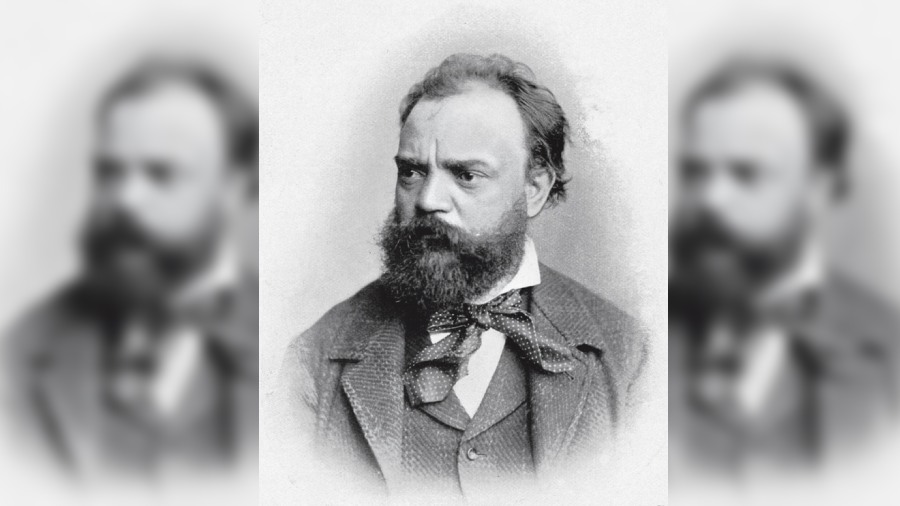
Antonin Dvorak passed away more than a century ago but his unfinished piano piece — From The Future World — was completed by AIVA or Artificial Intelligence Virtual Artist, a start-up that has been composing “emotional soundtracks” for films, TV ads, and video games since 2016
Eric James Beyer at Interesting Engineering rightly observes: “AI is getting good at making music — so good, in fact, that the technology is starting to sign with major music labels, a trend that’s unlikely to do anything but become more popular in the near future.... This brings up a potentially worrying issue. Under the reasonable assumption that AI will continue to get better at making music, will labels begin to favour such low-cost, low-labour algorithms over people trying to make a living off their art?”
Whether it is virtual pop stars or even Vocaloid productions, AI-generated lyrics or holograms of real-life pop stars, there remains a crucial dilemma. Do these forms compromise the creativity and ingenuity associated with music? If a form as creative and emotive as music becomes reduced to auto-generation, does it hamper what it means to be human? Moreover, the levels of perfection projected by these virtual pop stars, who can never tire and can be tuned to norms of ideal perfection, can be intimidating to real-life musicians.
Although music is an inherently subjective matter, there stands a chance of music made by humans being compromised if virtual beings can overtake it. With new developments manifesting every day, it might be difficult to say what would be the more dominant form but nonetheless, it is important to be alert consumers to something that can potentially change the entire face of music, considering it is such an important creative art form.
